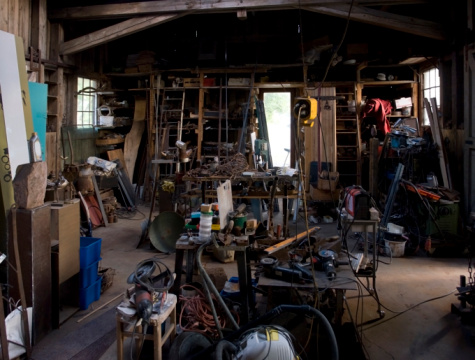 There are 24 million people in the U.S. looking for work. The job market is tight, and the job seekers who find the jobs are the ones who hustle. If you want to make it to the head of the pack, you can’t sit around and wait for opportunity to come to you.
There are 24 million people in the U.S. looking for work. The job market is tight, and the job seekers who find the jobs are the ones who hustle. If you want to make it to the head of the pack, you can’t sit around and wait for opportunity to come to you.
The job will go to those hitting the pavement running. It’s a matter of being proactive and taking the initiative. Here are some tips on how to get in the driver’s seat when you’re looking for a job.
Apply for Unlisted Jobs
Believe it or not, many of the really good jobs aren’t posted in classified ads or job boards and company websites. Employers don’t advertise these positions, but offer positions to connections and contacts who have had experience working with decision makers in that company. You’ll never find these jobs if you don’t take initiative by asking for them. Do your research to find a hiring manager or decision maker, then express your interest in working for them.
Apply in Person
Thanks to the wonders of the internet and social media it’s incredibly easy to fill out an online application, attach a resume, and wait around until you get an email. Unfortunately, with the increasing number of automated resume readers, your application can get placed in a void never to be seen again. Even if your resume is seen by a hiring manager, it’s extremely difficult for one resume to differentiate itself from the hundreds of others being reviewed. Your chances greatly increase if you print your resume and cover letter, or application, and physically hand it to a hiring manager, potential supervisor, or department head.
Apply the Follow-Up
Whether you apply online or hand in a resume in person, you shouldn’t stop there. Those hiring have a busy schedule and sometimes filling a job isn’t the only thing on a department head or HR manager’s agenda. That’s why you should follow-up after applying to demonstrate your interest in the job.
If the job opening had an application deadline, wait a few days after, then confirm that the potential employer received your resume. Use this as another opportunity to remind them of your interest in the position. If no deadline was given, wait a week to 12 days after submitting your application to follow-up. Remember not to pester or annoy the company when following up. Keep it to two attempts. If you don’t get a satisfactory response, send an email a week later. If you don’t hear anything after that, move on.
Being proactive in your job search isn’t a guarantee for instantly landing the perfect job, but you will get hired faster when you take initiative instead of passively waiting for an offer. What are some ways you’ve taken the bull by the horns during your job search?




